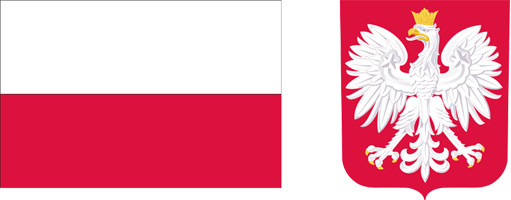Current issue
Archive
About the Journal
Aims and Scope
Advisory Board
Members of the Editorial Board
List of reviewers
Publishing process
Publishing Ethics and Malpractice Statement
Personal data protection (GDPR)
Creative Commons License
CrossRef Member / Similarity Check
For Authors
Call for papers
Guidelines for authors
Submitting a manuscript through the editorial system – step by step
For Reviewers
Peer review process
Guidelines for reviewers
Submitting a review – step by step
Contact
RESEARCH PAPER
AGRICULTURE IN THE PERIPHERIES – THE KINGDOM OF BHUTAN
1
Warsaw University of Life Sciences
Submission date: 2022-06-13
Final review date: 2022-07-12
Acceptance date: 2022-07-28
Publication date: 2022-09-29
Zagadnienia Ekonomiki Rolnej / Problems of Agricultural Economics 2022;372(3):108-123
KEYWORDS
TOPICS
ABSTRACT
The main aim of the paper is to familiarize the readers with the economy, and above all the agricultural
sector of the Kingdom of Bhutan. The direct inspiration for this paper was the ban on cage
breeding of laying hens introduced in this country in 2012, which brings to mind an important event,
which happened in 1972, when the King of Bhutan announced the concept of the Gross National
Happiness Index (GNH). Figures and graphics presented in the article were prepared on the basis of
Bhutan’s national statistics and available publications. The structure of Bhutan’s economy is dominated
by the industrial and services sectors. The share of agriculture in generating GDP has ranged
from 14 to 22% in the last twenty years, with employment in agriculture reaching almost 60% of
the total workforce. The agricultural sector is highly fragmented, and at the same time vulnerable to
threats resulting from difficult natural conditions and climate change. Bhutan is not achieving food
self-sufficiency, despite strong support from Bhutanese authorities for the sector and increasing
productivity. The changes taking place in agriculture and the entire economy of Bhutan are strongly
oriented towards the implementation of the sustainable development paradigm.
Share
RELATED ARTICLE
We process personal data collected when visiting the website. The function of obtaining information about users and their behavior is carried out by voluntarily entered information in forms and saving cookies in end devices. Data, including cookies, are used to provide services, improve the user experience and to analyze the traffic in accordance with the Privacy policy. Data are also collected and processed by Google Analytics tool (more).
You can change cookies settings in your browser. Restricted use of cookies in the browser configuration may affect some functionalities of the website.
You can change cookies settings in your browser. Restricted use of cookies in the browser configuration may affect some functionalities of the website.




